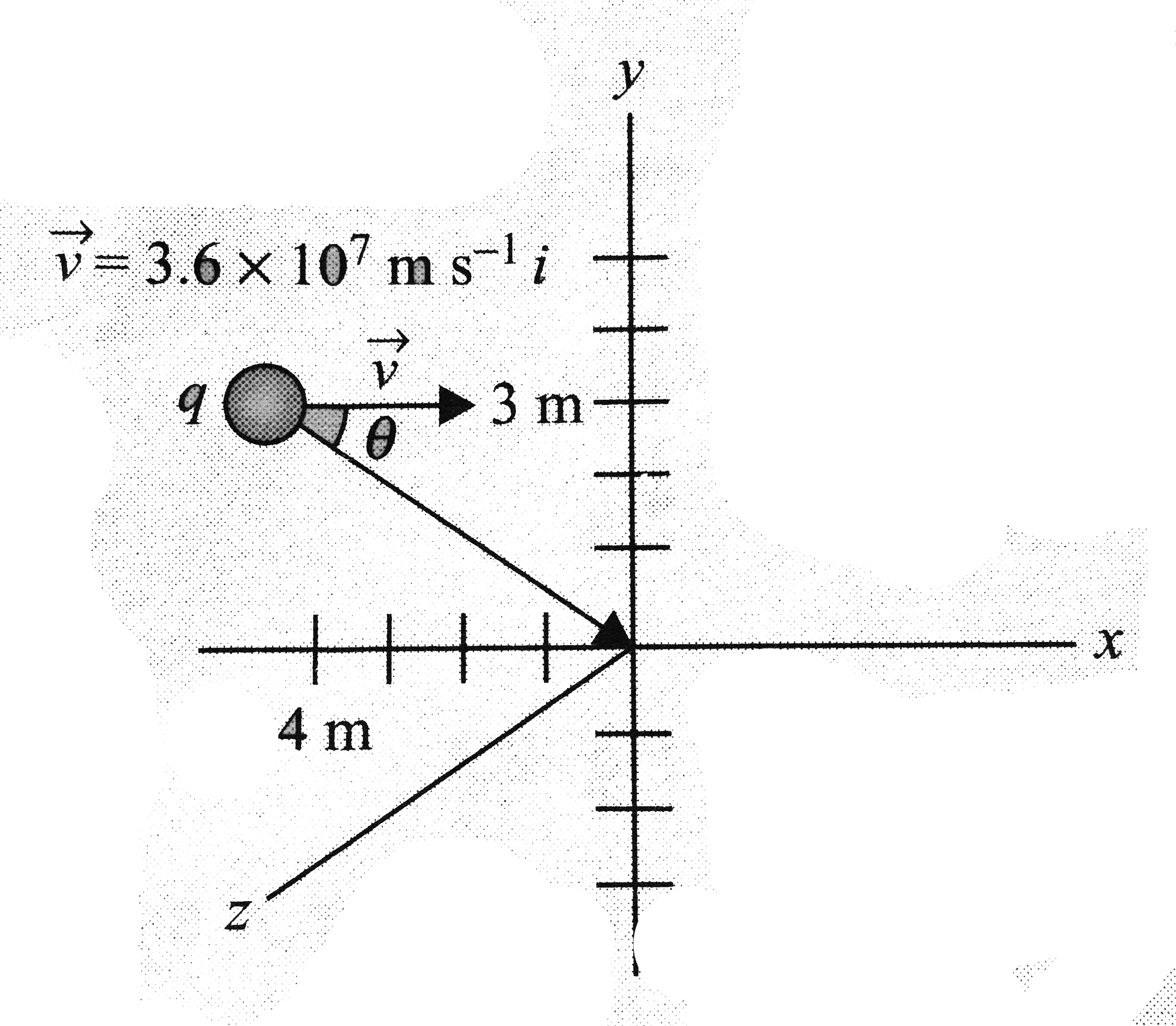Using integration, find the area of the region bounded by the line 2y=5x+7 , X-axis and the line x = 2 and x = 8.
The correct Answer is:N/a
To find the area of the region bounded by the line 2y=5x+7, the x-axis, and the vertical lines x=2 and x=8, we can follow these steps:
Step 1: Rewrite the equation of the line
First, we rewrite the equation of the line in terms of y:
2y=5x+7⟹y=52x+72
Step 2: Identify the boundaries
The area we want to find is bounded by:
- The line y=52x+72
- The x-axis (where y=0)
- The vertical lines x=2 and x=8
Step 3: Set up the integral
The area A can be calculated using the integral of the upper curve minus the lower curve from x=2 to x=8:
A=∫82(52x+72−0)dx
This simplifies to:
A=∫82(52x+72)dx
Step 4: Calculate the integral
Now we compute the integral:
A=∫82(52x+72)dx
We can split the integral:
A=52∫82xdx+72∫821dx
Calculating each integral separately:
1. For ∫xdx:
∫xdx=x22
So,
∫82xdx=(x22)82=822−222=642−42=32−2=30
2. For ∫1dx:
∫1dx=x
So,
∫821dx=(x)82=8−2=6
Now substituting back into the area formula:
A=52⋅30+72⋅6
Calculating each term:
A=75+21=96
Final Answer
Thus, the area of the region bounded by the given lines is:
96 square units
First, we rewrite the equation of the line in terms of y:
2y=5x+7⟹y=52x+72
The area we want to find is bounded by:
- The line y=52x+72
- The x-axis (where y=0)
- The vertical lines x=2 and x=8
The area A can be calculated using the integral of the upper curve minus the lower curve from x=2 to x=8:
A=∫82(52x+72−0)dx
This simplifies to:
A=∫82(52x+72)dx
Now we compute the integral:
A=∫82(52x+72)dx
We can split the integral:
A=52∫82xdx+72∫821dx
1. For ∫xdx:
∫xdx=x22
So,
∫82xdx=(x22)82=822−222=642−42=32−2=30
∫1dx=x
So,
∫821dx=(x)82=8−2=6
A=52⋅30+72⋅6
Calculating each term:
A=75+21=96
Thus, the area of the region bounded by the given lines is:
96 square units
Topper's Solved these Questions
- APPLICATION OF INTEGRALSBOOK - NCERT EXEMPLAR ENGLISHCHAPTER - APPLICATION OF INTEGRALSEXERCISE - Long Answer Type Questions
16 Videos
- APPLICATION OF INTEGRALSBOOK - NCERT EXEMPLAR ENGLISHCHAPTER - APPLICATION OF INTEGRALSEXERCISE - Objective Type Questions
22 Videos
- APPLICATION OF DERIVATIVESBOOK - NCERT EXEMPLAR ENGLISHCHAPTER - APPLICATION OF DERIVATIVESEXERCISE - Fillers
5 Videos
- CONTINUITY AND DIFFERENTIABILITYBOOK - NCERT EXEMPLAR ENGLISHCHAPTER - CONTINUITY AND DIFFERENTIABILITYEXERCISE - True/False
10 Videos
Similar Questions
Using integration, find the area of the region bounded by the line 2y=5x+7, x-axis and the lines x = 2 and x = 8.
View SolutionUsing intergration, find the area of the region bounded by the line y=mx, X-axis and x=2.
View SolutionUsing integration, find the area of the region bounded by the line 2y=−x+8,x-axis is and the lines x=2 and x=4.
View SolutionUsing integration, find the area of the region bounded by the line 2y+x=8, the x-axis and the lines x=2 and x=4.
View SolutionFind the area of the region bounded by the line y = 2x, X - axis and ordinate x = 2.
View SolutionUsing integration, find the area of the region bounded by the line y−1=x,thex-a xi sandtheordinates x=-2 and x=3.
View SolutionUsing integration, find the area of the region bounded by the curves y=x and y=x3.
View SolutionUsing integration, find the area of the region bounded by the parabola y2=4x and the line x=4.
View SolutionA point chanrge of magnitude q=4.5nC is moving with speed v=3.6×107ms−1 parallel to the x-axis along the line y=3m. Find the magnetic field at the origin produced by this charge when the charge is at the point x=−4m, y=3m, as shown in Fig.

View SolutionUsing integration, find the area of the region bounded by the parabola y2=16x and the line x=4
View Solution
